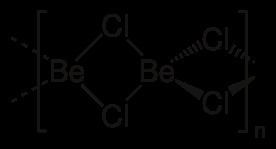Formula BeCl2 Boiling point 520 °C | Molar mass 79.9182 g/mol Density 1.9 g/cm³ | |
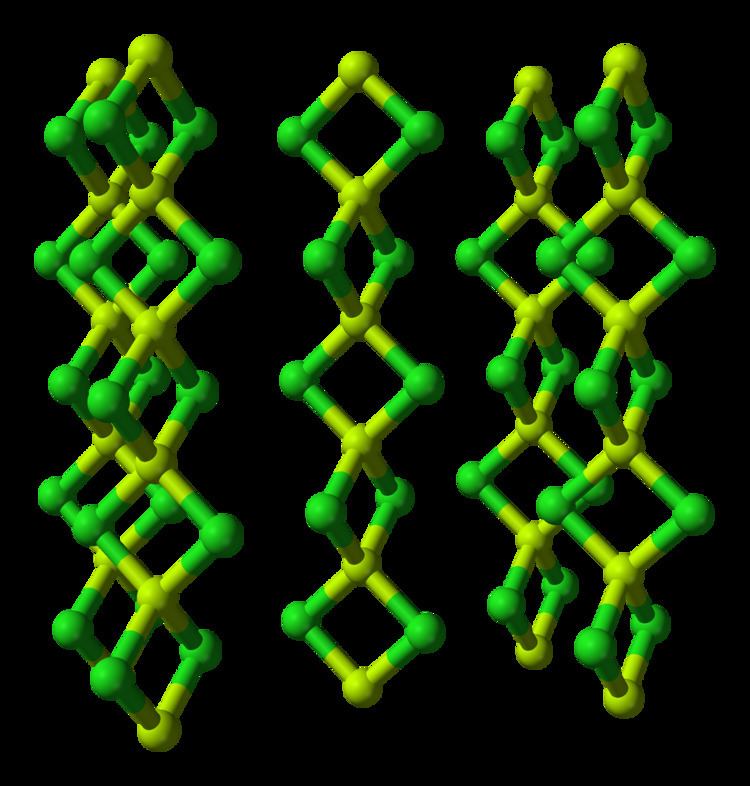 | ||
Appearance White or yellow crystals | ||
Hybridisation hybridization sp sp2 sp3 chemical bonding beryllium chloride benzene methane
Beryllium chloride is an inorganic compound with the formula BeCl2. It is a colourless, hygroscopic solid that dissolves well in many polar solvents. Its properties are similar to those of aluminium chloride, due to beryllium's diagonal relationship with aluminium.
Contents
- Hybridisation hybridization sp sp2 sp3 chemical bonding beryllium chloride benzene methane
- Ethan beryllium element rotating
- Structure and synthesis
- Reactions
- Applications
- References
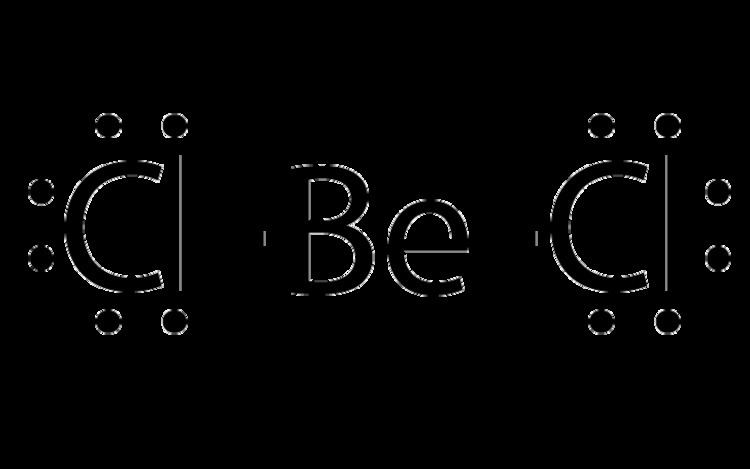
Ethan beryllium element rotating
Structure and synthesis
Beryllium chloride is prepared by reaction of the metal with chlorine at high temperatures:
Be + Cl2 → BeCl2
BeCl2 can also be prepared by carbothermal reduction of beryllium oxide in the presence of chlorine. BeCl2 can be prepared by treating Be metal with hydrogen chloride.

The solid is a 1-dimensional polymer consisting of edge-shared tetrahedra. In contrast, BeF2 is a 3-dimensional polymer, with a structure akin to that of quartz. In the gas phase, it exists both as a linear monomer and a bridged dimer with two bridging chlorine atoms where the beryllium atom is 3-coordinate. The linear shape of the monomeric form is as predicted by VSEPR theory. The linear shape contrasts with the monomeric forms of some of the dihalides of the heavier members of group 2, e.g. CaF2, SrF2, BaF2, SrCl2, BaCl2, BaBr2, and BaI2, which are all non-linear.
Reactions
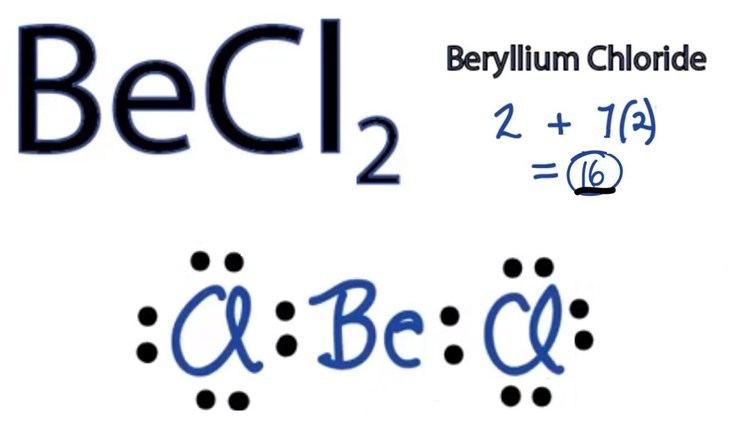
Beryllium chloride is stable in dry air. Beryllium chloride is a Lewis acid and has been used as a catalyst in some organic reactions. It hydrolyzes, evolving hydrogen chloride:
BeCl2 + 2H2O → Be(OH)2 + 2 HClIt forms a tetrahydrate, BeCl2•4H2O ([Be(H2O)4]Cl2). BeCl2 is also soluble in oxygenated solvents such as ethers.
Applications
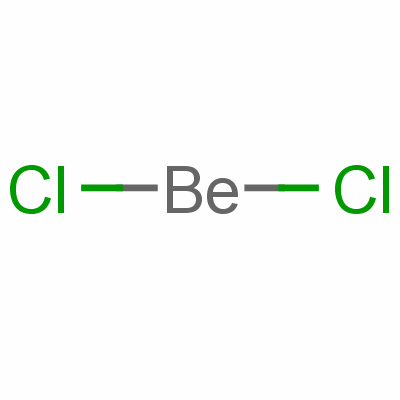
Beryllium chloride is used as a raw material for the electrolysis of beryllium, and as a catalyst for Friedel-Crafts reactions.
